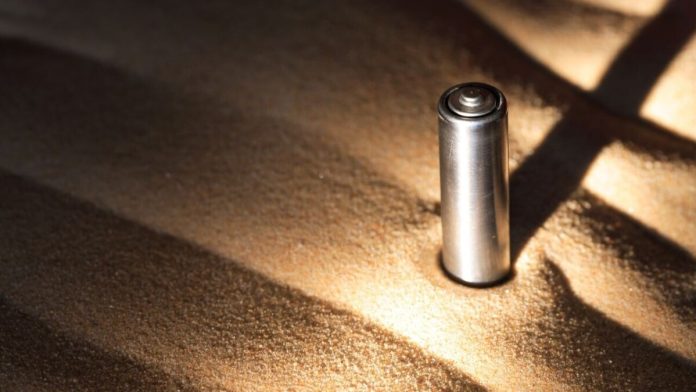A groundbreaking sand battery technology has emerged as a game-changing innovation in the energy storage sector. Developed by the Finnish startup Polar Night Energy, this unique technology has the potential to heat an entire town for a week, using sand as a medium to store energy in the form of heat.
This innovative approach offers a flexible and sustainable solution for storing excess energy generated from wind and solar sources.
Polar Night Energy is currently constructing a large-scale sand battery for the town of Pornainen in southern Finland. This ambitious project aims to provide heating for a community of 5,000 people for up to a month on a single charge.
By adopting this advanced sand battery system, the town plans to completely eliminate the use of oil in its district heating network, resulting in a significant reduction of greenhouse gas emissions by 70%.
Securing a substantial €7.6 million ($8.2 million) in seed funding, Polar Night Energy is poised to scale up its operations and enhance the functionalities of its thermal energy storage technology.
The startup’s co-founder, Markku Ylönen, expressed his excitement and gratitude for the investment, especially given the challenging environment of reduced venture capital funding. The majority of the funding was provided by South African billionaire Jonathan Oppenheimer.
The company intends to allocate the funds towards research and development, expanding its team, and identifying new locations to construct additional sand batteries.
But how does this innovative sand battery work? The battery charges up during periods of abundant renewable energy, such as on particularly windy or sunny days.
The clean electricity powers a heater that produces hot air, which is then circulated through a series of pipes into a large, insulated container filled with sand. This process heats the sand to an impressive temperature of 600°C.
The stored energy can be retained for several weeks or even months. When the heat is required, the battery releases the hot air on demand to warm the water in the town’s district heating network, supplying heat to households, factories, and even swimming pools.
The new sand battery being constructed in Pornainen is expected to be 13 meters tall and 15 meters wide, with a power output of 100 MWh.
Polar Night Energy estimates that this battery will have the capacity to heat the entire town for a week during winter or an entire month in summer, when the demand for heating is lower. This new battery is approximately 10 times larger than a pilot plant that the company has been operating since 2022.
One of the standout features of sand batteries is their simplicity and use of readily available materials. Polar Night Energy states that their system can be constructed using standard off-the-shelf components.
In contrast to lithium-ion batteries, which rely on hard-to-mine minerals, the sand battery utilizes crushed soapstone, a byproduct of the construction industry. The batteries can store energy for extended periods without experiencing degradation in storage capacity over time.
It’s important to note that sand batteries are specifically designed for heating purposes and are not suitable for electricity production.
Although it’s technically possible to use the hot air to drive a turbine and generate power, this would significantly reduce the overall efficiency of the system.
Therefore, this technology is best suited for central district heating systems, which are prevalent in Europe but not universally adopted.
Nonetheless, district heating systems represent a substantial and largely untapped market. According to the International Energy Agency (IEA), heating accounts for approximately half of total energy consumption globally.
In Europe, the majority of this heat is currently generated by burning natural gas, oil, wood chips, or waste materials. In the case of Pornainen, the implementation of the sand battery is expected to completely eliminate the use of oil for heating and reduce wood chip consumption by 60%. Polar Night Energy claims that their system can deliver energy at a competitive cost of €10 per kilowatt-hour.
For European towns with access to abundant renewable energy resources, sand batteries could present a viable and efficient energy storage solution.
If widely adopted, they have the potential to become a significant component of the energy storage toolbox, complementing other storage options such as lithium-ion batteries, gravity-based systems, hydropower, and CO2 storage solutions.


